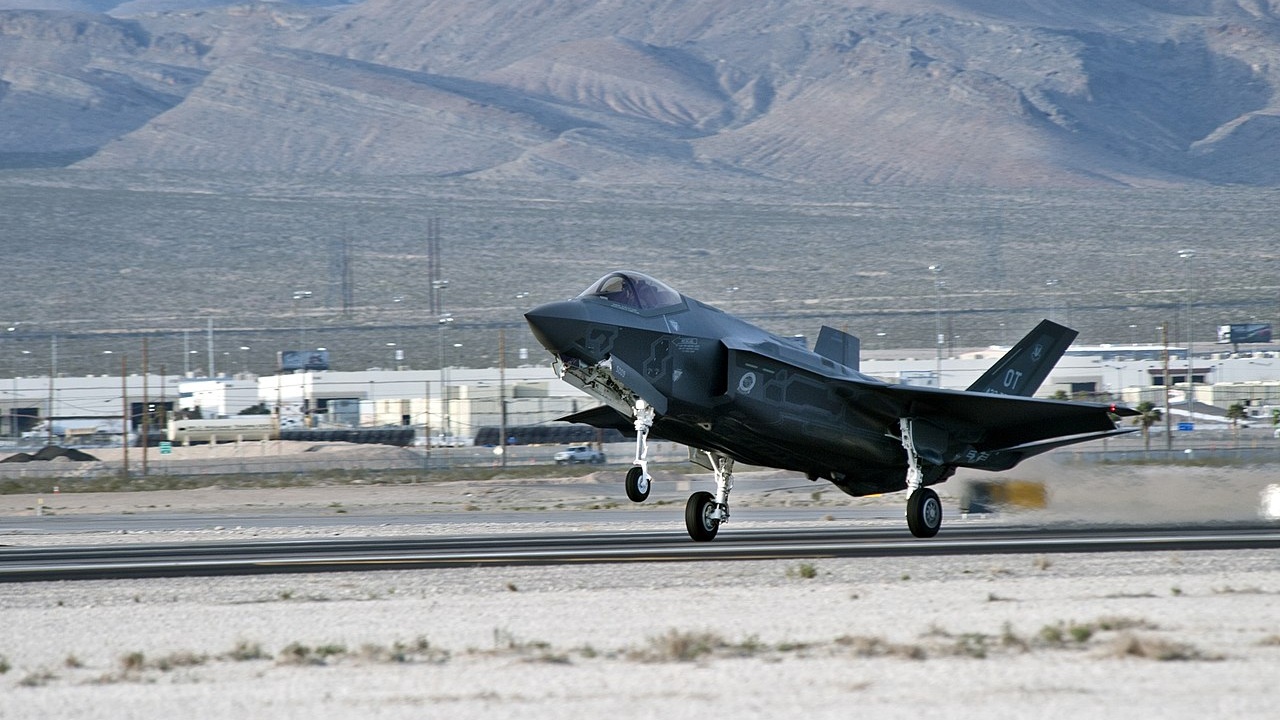Understanding the F-35’s Design Choices
The F-35 Lightning II, developed by Lockheed Martin, represents a significant advancement in modern fighter technology. However, its design choices have sparked discussions about its maneuverability. Unlike some other fighter jets that emphasize high agility, the F-35 was designed with a focus on stealth, situational awareness, and multirole capabilities. This deliberate trade-off has led to certain limitations in its aerodynamic performance.
Specifications of the F-35A Lightning II
Introduced in 2015, the F-35A has seen the production of over 1,000 units as of 2025. Its physical dimensions include a length of 51 feet 4 inches, a height of 14 feet 4 inches, and a wingspan of 35 feet. The aircraft weighs approximately 29,300 pounds when empty and can reach up to 70,000 pounds at maximum takeoff weight. It is powered by a single Pratt & Whitney F135-PW-100 afterburning turbofan engine, capable of achieving speeds up to Mach 1.6.
The F-35’s range is approximately 1,380 miles with internal fuel, and it can operate at a service ceiling of 50,000 feet. The aircraft is equipped with a GAU-22/A 25 mm rotary cannon and can carry a variety of weapons internally or externally, though external loadouts may compromise its stealth capabilities.
Factors Limiting Maneuverability
One of the primary reasons for the F-35’s limited maneuverability is its thrust-to-weight ratio. With a thrust of 43,000 pounds from its single engine, the F-35’s weight often exceeds this, resulting in a ratio below 1:1. This makes it challenging for the aircraft to sustain high-G maneuvers or accelerate vertically.
The airframe itself also plays a role in limiting maneuverability. Designed for stealth, the F-35 features a blended body design, internal weapon bays, and serrated edges. These elements contribute to a lower radar cross-section but come at the expense of aerodynamic performance. The absence of canards, leading-edge extensions, and large control surfaces further restricts its ability to change direction rapidly during close-range engagements.
Wing Loading and Turn Performance
Wing loading is another critical factor affecting the F-35’s maneuverability. The aircraft has a higher wing loading compared to fighters optimized for dogfighting, which means more weight is carried per unit area of the wing surface. This typically results in reduced agility and turning performance.
In comparison to other platforms like the F-22, the F-35 has a limited maximum angle of attack and inferior instantaneous and sustained turn rates. Even fourth-generation fighters such as the F-16 and F/A-18 often outperform the F-35 in these aspects.
Strategic Design for Modern Combat
Despite these limitations, the F-35 was not designed for traditional dogfighting scenarios. Instead, the focus was on beyond-visual-range (BVR) engagement, where advanced sensors, data fusion, and network-centric systems play a crucial role. The aircraft is equipped with cutting-edge technology that allows it to detect, engage, and destroy targets from great distances.
This strategic approach reflects a shift in aerial combat, where the emphasis is on long-range engagements rather than close-quarters dogfights. The F-35’s design highlights the evolving nature of military aviation, prioritizing stealth and technological superiority over raw maneuverability.
Conclusion
While the F-35 may not excel in traditional dogfighting scenarios, its design reflects a forward-thinking approach to modern aerial warfare. By focusing on stealth, situational awareness, and multirole versatility, the F-35 represents a new era in fighter jet development. As technology continues to advance, the role of maneuverability in combat will likely evolve, making the F-35 a significant player in the future of aerial defense.



